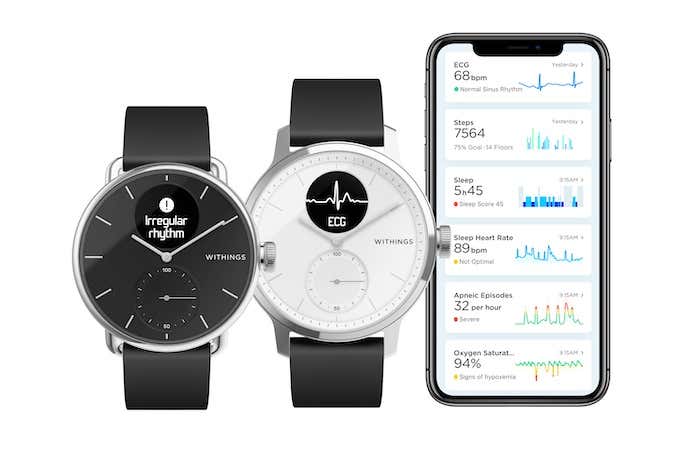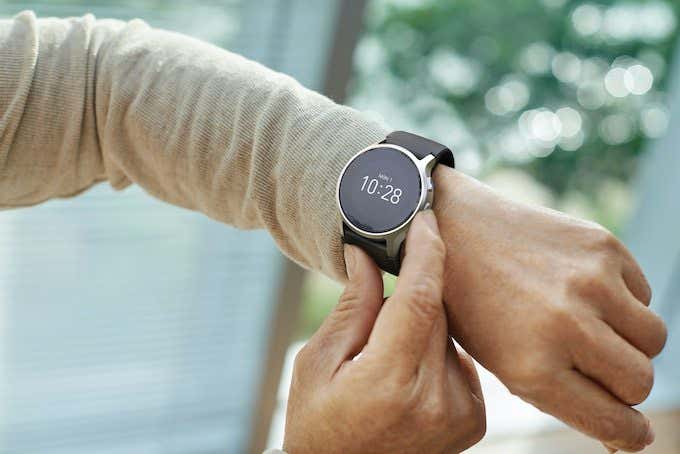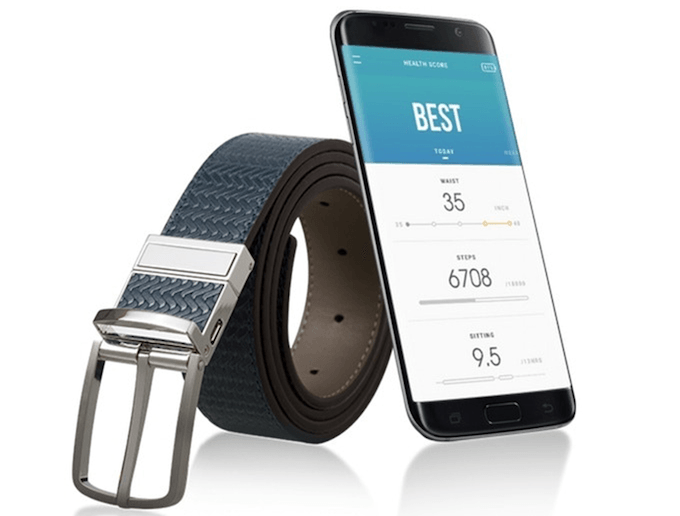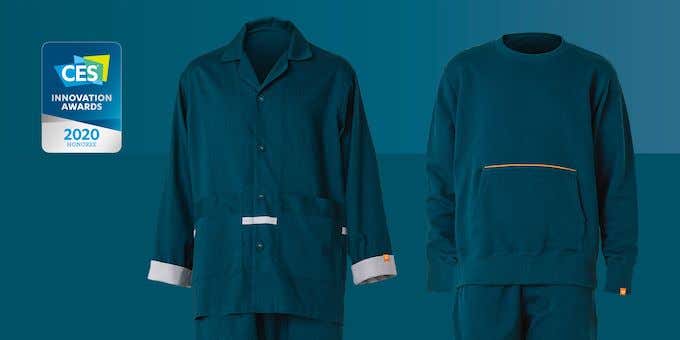At CES 2020, companies like Withings, Omron, WELT, and many others announced smart wearable tech that can help people live better lives no matter their medical condition. This article examines that medical wearable technology and what exactly makes it so special.
Withings ScanWatch
The Withings ScanWatch stands out as one of the best medical wearables at CES 2020. It measures an astounding range of data, including heart rate, activity, sleeping heart rate, oxygen saturation, altitude, sleep, and more. The Withings ScanWatch only requires a charge every 30 days or so, making it the perfect companion for an elderly parent or someone who is a bit more forgetful and might not remember to charge their device on their own. However, the true benefit of the ScanWatch is the 24/7 heart rate monitoring. If the watch detects an irregularity, it can tell the wearer to record an EKG—the results of which can be shown directly inside the app. The ScanWatch can also monitor for signs of sleep apnea and provide the wearer with early warnings long before they participate in a sleep study. Finally, in addition to all of the health features, the ScanWatch looks much more like a normal watch than other medical wearables. This makes it more appealing to people that might be self-conscious about the need for a medical wearable, and it also has quite a few smart features that make it worthwhile. You can receive texts and notifications inside the ScanWatch like you could with any other smart device. As far as wearables go, the ScanWatch is a step in the right direction.
Omron HeartGuide
The Omron HeartGuide is a smartwatch that is also a blood pressure monitor. It uses the same type of technology you would find at your local doctor’s office to measure your blood pressure—an inflatable oscillometric blood pressure cuff. This means the readings it provides are more accurate than all-in-one devices and can provide wearers with data their doctors can use to adjust their medications and make more precise recommendations. In addition to monitoring blood pressure, the HeartGuide also tracks daily activity, pulse, and sleep quality. Users also receive the usual smart notifications on the device, such as texts, calls, and emails. Due to the amount of power required to inflate and deflate the cuff, however, users can expect to charge the HeartGuide two to three times per week. The HeartGuide doesn’t automatically inflate; instead, it reminds you when to take your blood pressure so the wearer can sit down for a more accurate reading. The HeartGuide stores up to 100 readings in its onboard memory, but also connects to the HeartAdvisor app for unlimited storage. For individuals with heart disease, consistent blood pressure measurements are important for managing the risk of stroke and heart attack. The Omron HeartGuide makes it easier to do this without setting up the blood pressure cuff each and every time.
WELT Smart Belt Pro
Millions of people fall each year, and for the average person a fall isn’t that dangerous. However, a fall can be devastating for an elderly person or someone with other health problems, especially if they’re unable to get up on their own. The WELT Smart Belt Pro fights against this risk by analyzing the wearer’s walking patterns to detect the risk of falls before one takes place.The Smart Belt Pro provides a gait analysis via the sensors in the belt. It measures when the walking speed grows inconsistent and detects abnormal symmetry in the wearer. The data can be shared through smartphones to help caretakers monitor patients. If the Smart Belt Pro detects an unstable gait and a heightened fall risk, it sends a warning to the user’s phone. Outside of the built-in sensors, the Smart Belt Pro looks like a regular belt. It’s made of Italian leather with a silver, automatic buckle. It can fit into any outfit without looking like a medical device.
eSkin Sleep and Lounge
While not a medical “wearable” in the traditional sense, these “smart pajamas” are the perfect item for an elderly parent. The clothing is loose and comfortable, but capable of detecting falls, monitoring overall activity, and tracking sleep patterns. The Sleep and Lounge eSkin can also differentiate between slipping and falling and tripping and falling. There are two clothing options in this collection: pajamas and loungewear. The loungewear looks more like exercise clothing than pajamas, but are great for everyday wear around the house. The Sleep and Lounge set hasn’t been launched yet but interested parties can sign up for more information at xenoma.com.




